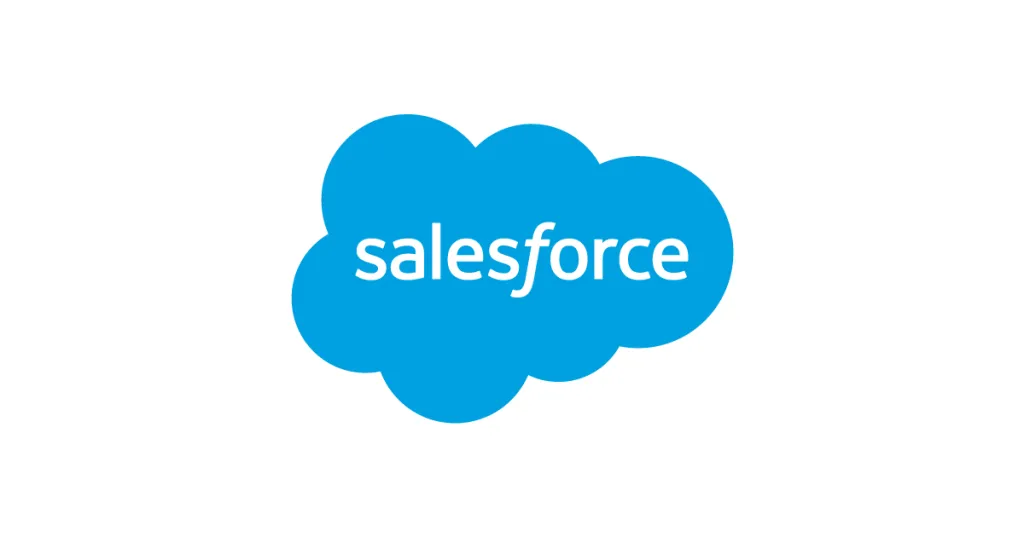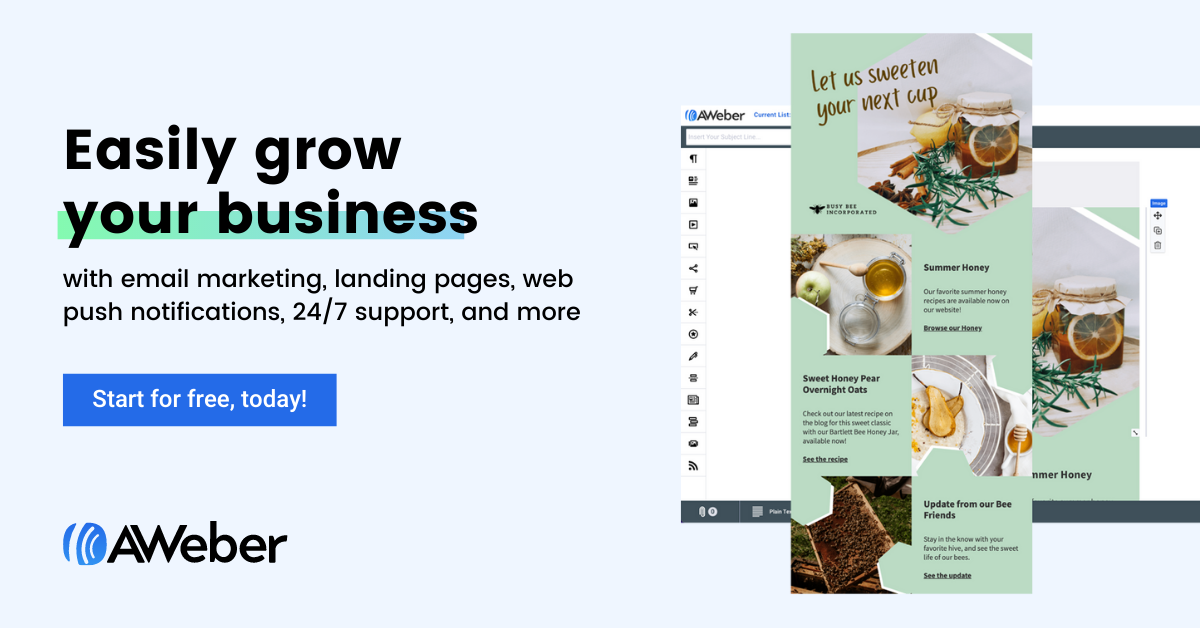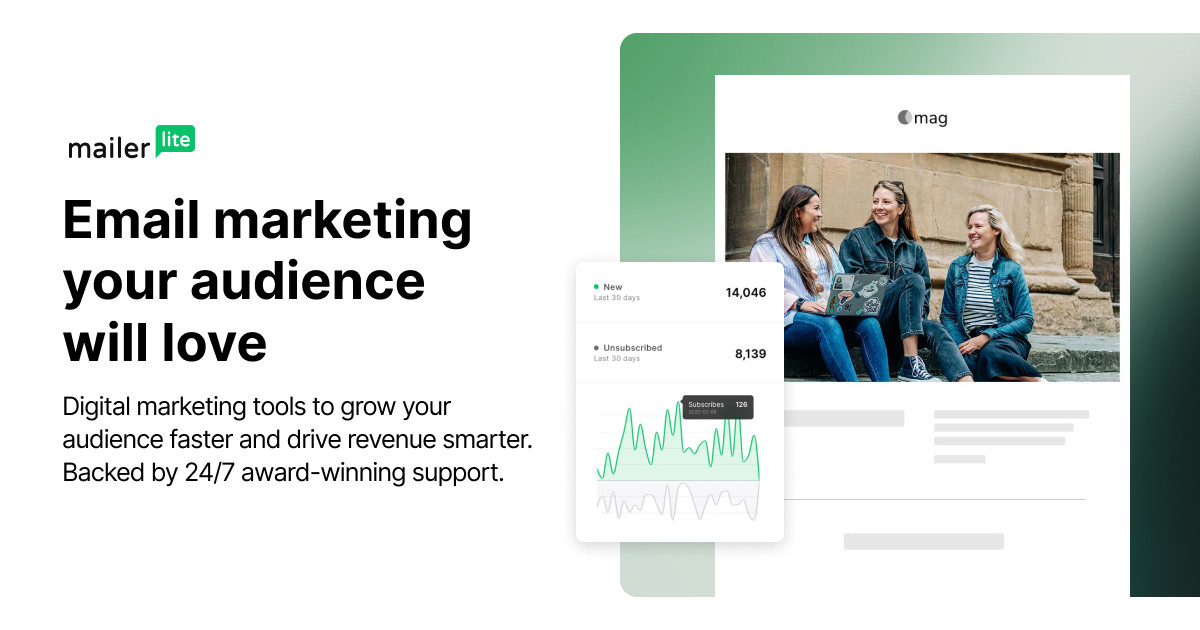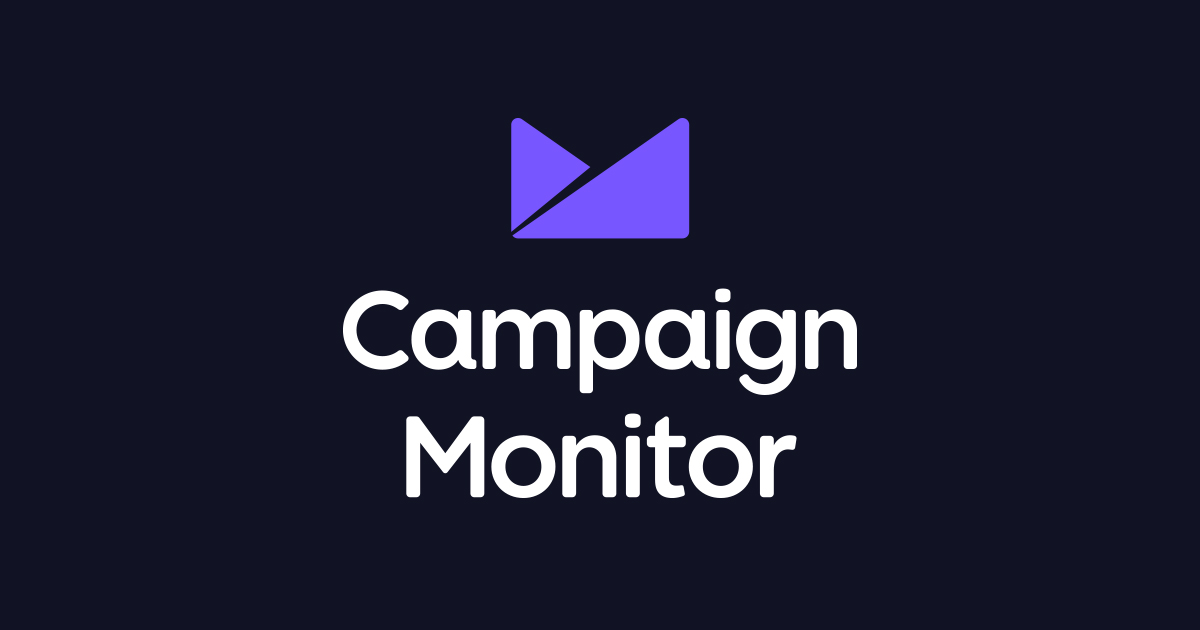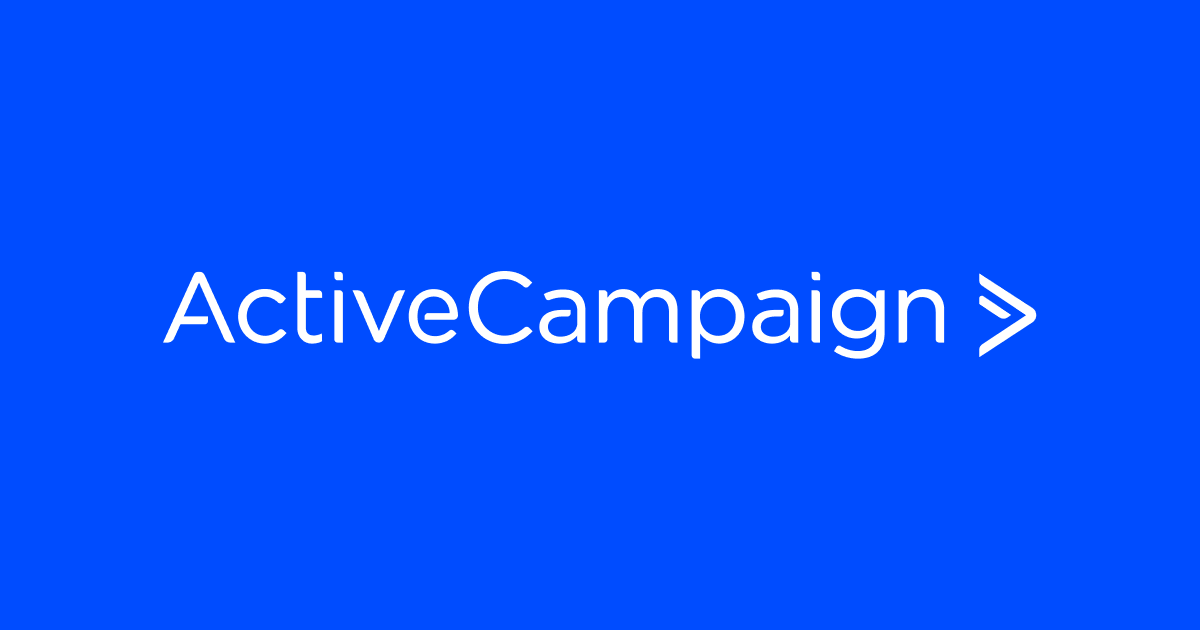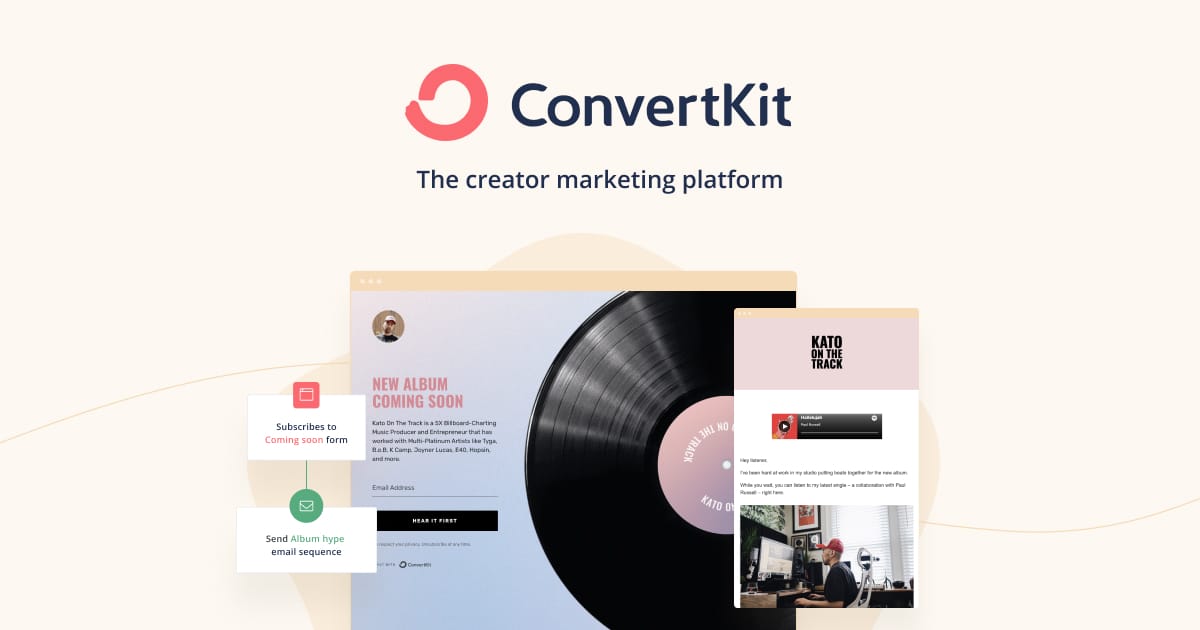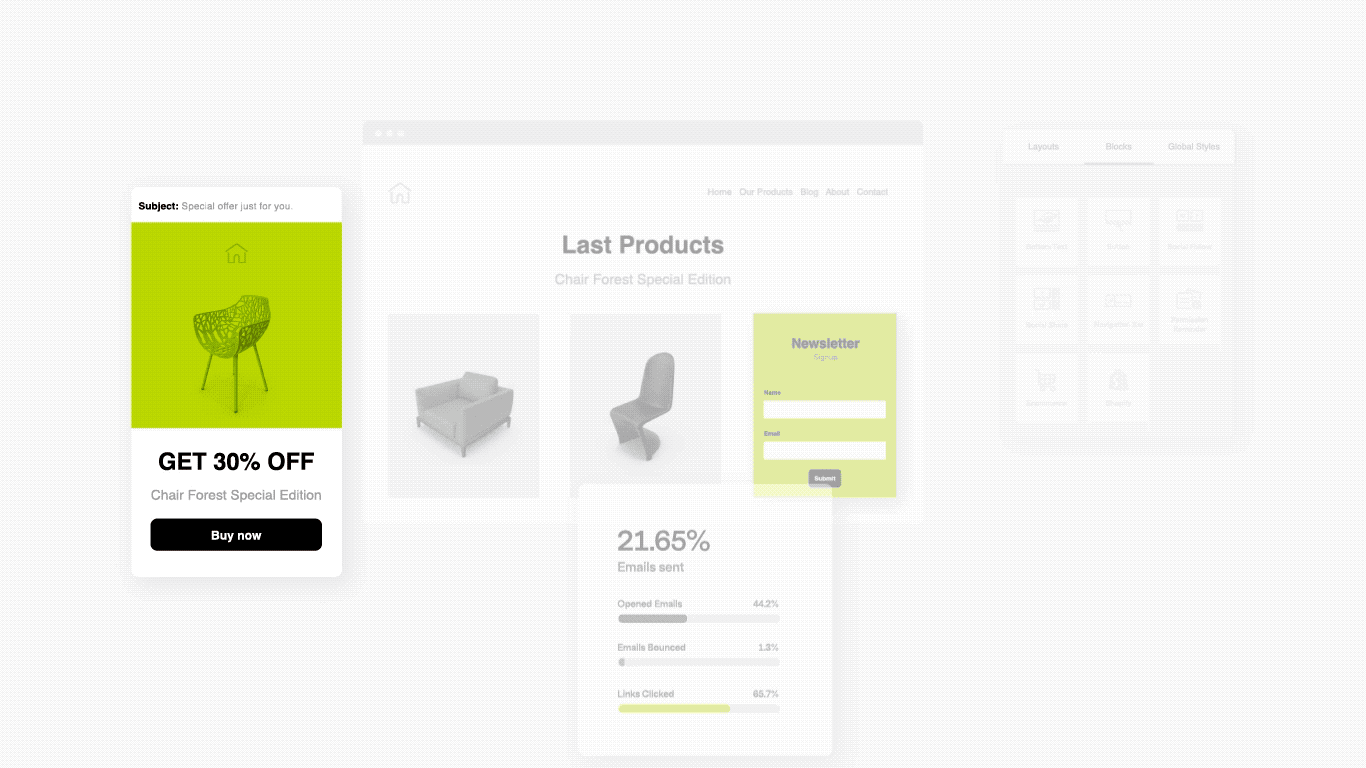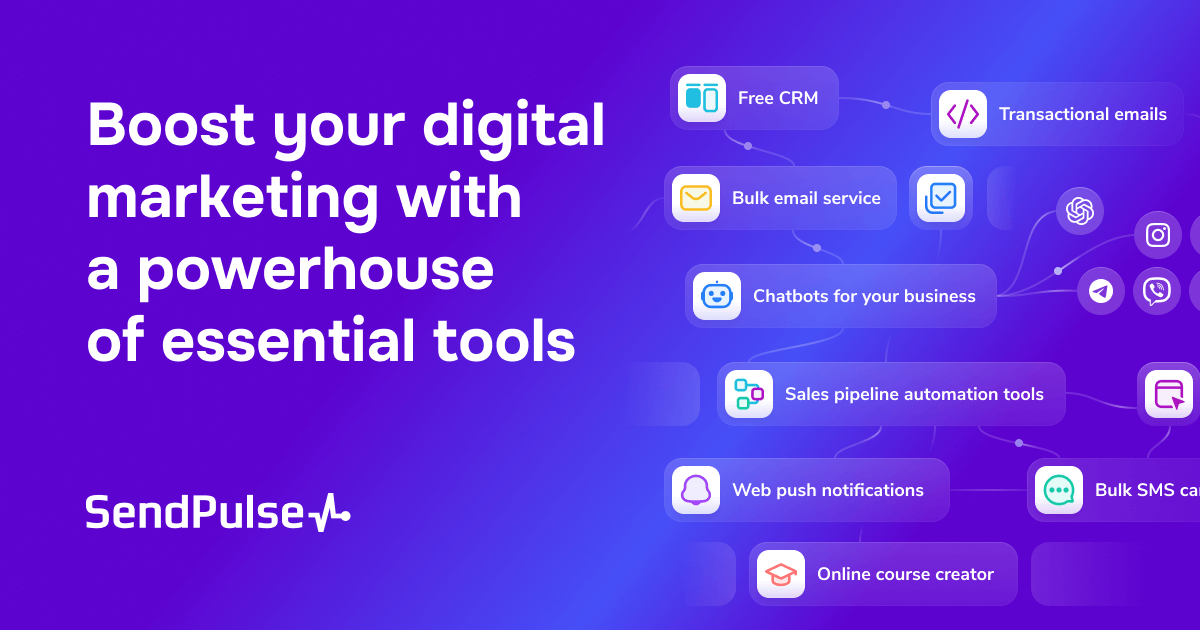Introduction
Email marketing continues to be one of the most effective digital marketing channels for building awareness, generating leads, and boosting sales for businesses of all sizes. However, with so many email service provider options on the market, it can be difficult to determine which platform is the best fit. This guide evaluates and compares 15 top email marketing software based on criteria like features, ease of use, pricing, support and more to help you select the right solution to grow your business in 2023.
Methods of Evaluation
The email marketing platforms will be evaluated based on features, pricing, ease of use, support, and other factors. Additional consideration will be given to metrics like the number of backlinks, website traffic, and keyword search trends to determine which companies have established the strongest online presence and demand. Platforms will be organized into categories like all-in-one solutions, those focused more on email delivery vs automation, and different tiers based on business size and needs to help determine the best options.
1. MailChimp
MailChimp is an email marketing platform that helps businesses and entrepreneurs connect with their audiences. Since its launch in 2001, MailChimp has grown to serve over 35 million users. With MailChimp, users can design and send emails, create landing pages, and use automation workflows to better engage with customers.
Pros: Some key advantages of using MailChimp include:
– Easy to use drag-and-drop interface that’s intuitive for beginners
– Robust automation and segmentation features for more personalized campaigns
– Strong analytics and reporting to track campaign performance
– Integrates with many popular tools like Shopify and WordPress
Cons: One potential disadvantage of MailChimp is that the free plan has limited functionality and more advanced features require an paid upgrade.
Pricing: MailChimp offers 4 paid plans starting at $10 per month for the Essential plan. Plans include increased email sends, list sizes, and additional features. The highest tier Enterprise plan is customized for large businesses.
Some key stats about MailChimp include:
– Over 35 million active users worldwide
– Users can send up to 12,000 emails per month for free
– Supports lists of up to 2,000 subscribers for the free plan
– Paid plans start at $10 per month for the Essential plan
2. Salesforce Pardot
Salesforce Pardot is Salesforce’s robust email marketing software. As one of the leading CRM platforms for managing business-to-business relationships, Salesforce offers Pardot as an integrated marketing automation solution.
Pros: Some key advantages of Salesforce Pardot include: integrated with the Salesforce CRM platform, robust B2B marketing automation capabilities, ability to personalize marketing at scale, integrated analytics for campaign performance, and enterprise-grade security, reliability and scalability.
Cons: A potential disadvantage of Salesforce Pardot is the higher premium pricing compared to other leading email marketing tools.
Pricing: Pricing for Salesforce Pardot starts at $150/user per month for the Essentials plan and scales up based on additional users and features. Custom pricing is also available for very large organizations.
Some key stats about Salesforce Pardot include: supports over 30 integrations, processes over 100 billion emails annually, over 15,000 customers globally including Anthropic, DocuSign and IBM.
3. GetResponse
GetResponse is an all-in-one email marketing platform that provides solutions for businesses of all sizes. Founded in 1997, it is one of the oldest and most full-featured email marketing services on the market. GetResponse’s intuitive drag-and-drop interface enables users to easily build email campaigns, landing pages, and forms without any coding experience.
Pros: Key advantages of GetResponse include: – Intuitive builder for landing pages and forms. – Personalized automation features like conditional content and workflows. – Competitive pricing for various needs starting from $15/month. – Robust templates library and integration marketplace.
Cons: A potential disadvantage is that GetResponse lacks some more advanced automation capabilities found in higher-priced competitors. Complex multi-step workflows may require more hands-on configuration compared to some other providers.
Pricing: GetResponse offers 5 different pricing tiers ranging from $15-75 per month based on the number of contacts. There is also an annual discount for pre-paying for a year at once. All plans include unlimited emails, landings pages, forms, reports, contacts, and integrations with hundreds of apps.
Some key stats about GetResponse include: – Over 30,000 customers worldwide across 150+ countries. – Processes over 4 billion emails sent per year. – Average users see a 157% increase in email marketing ROI. – Integration with over 25 popular apps like Shopify, Mailchimp, and Facebook. – 24/7 customer support and live chat assistance available.
4. AWeber
AWeber is one of the most popular email marketing software platforms. Founded in 1998, AWeber provides powerful yet simple email marketing tools to help businesses build customer relationships and drive sales through emails. With over 20 years of experience in the email marketing industry, AWeber helps over 450,000 businesses connect with their customers through targeted, personalized email communications.
Pros: Some key advantages of AWeber include:
– Simple sign up process with no credit card required initially
– Robust library of email templates for various industries and occasions
– Automated email sequences and drip campaigns to engage subscribers
– Flexible and affordable pricing plans for businesses of all sizes
Cons: One potential disadvantage of AWeber is that there are no transactional or storefront email capabilities, so it may not be suitable for ecommerce sites needing cart abandonment or order processing emails.
Pricing: AWeber offers three pricing tiers – Basic ($15/month), Pro ($35/month), and Premium ($75/month). All plans include list segmentation, signup forms, analytics, and support. Higher tiers unlock more features like advanced automation, abandoned cart workflows, additional users, and priority support.
Some key stats about AWeber include:
– Over 450,000 active customers globally
– Delivers over 2 billion emails each month
– 99.8% spam complaint rate
– 95% average email open rate for customers
– 30-day money back guarantee
5. MailerLite
MailerLite is an email marketing platform that helps businesses and entrepreneurs engage with their audience and drive sales. Founded in 2011, MailerLite has grown to serve over 150,000 customers worldwide. They provide tools to design professional emails, automate workflows, and segment lists – all backed by award-winning 24/7 support.
Pros: Some key advantages of MailerLite include:
– Free plan for up to 500 subscribers
– Easy drag-and-drop email builder with large library of templates and blocks
– Robust automation and segmentation capabilities to personalize messages
– Intuitive interface that is beginner friendly
Cons: One potential disadvantage is that there are limitations to more advanced features like automation rules for the free plan. For more complex bulk email deployments, an upgraded paid plan may be required.
Pricing: MailerLite offers 4 different paid plans starting from $15/month for the Basic plan (up to 5,000 subscribers). The Premium plan is $50/month (up to 50,000 subscribers) and comes with the most features. Volume discounts are also available for higher tiers.
Some key stats about MailerLite include:
– Over 150,000 customers worldwide
– Supports lists of up to 500,000 subscribers
– Average open rates of 22%
– Integrates with over 200 apps like Shopify, MailChimp, and ActiveCampaign
6. Campaign Monitor
Campaign Monitor is a leading email marketing platform for small businesses and enterprises. Founded in 1999 and based in Melbourne, Australia, Campaign Monitor provides scalable email delivery, targeted segmentation, and automation tools to help companies engage customers through email. With over 25,000 customers worldwide, including Canva, Atlassian, and Mailchimp, Campaign Monitor aims to provide easy-to-use but powerful email marketing solutions.
Pros: Some key advantages of Campaign Monitor include:
– Advanced segmentation and personalization capabilities to target the right message to the right person
– Industry-leading deliverability rates of over 95% thanks to their sender reputation technology
– Widely used by agencies and enterprise companies for its scalability and robust feature set
– Intuitive drag-and-drop editor makes it easy for non-technical users to build beautiful emails
Cons: One potential disadvantage is that it has a steeper learning curve than simpler email service providers due to its powerful feature set aimed more at power users and large businesses.
Pricing: Pricing for Campaign Monitor starts at $49 per month for up to 6,000 subscribers on the ‘Essentials’ plan. Their ‘Advanced’ plan is $99 per month for up to 15,000 subscribers. Larger enterprises typically work with their sales team on custom enterprise plans.
Some key stats about Campaign Monitor include:
– Serves over 25,000 customers worldwide across various industries
– Delivers over 35 billion emails per month
– Typical customer sees a 20-30% open rate and 10-15% click-through rate
– Backed by $107 million in total funding
7. ActiveCampaign
ActiveCampaign is an all-in-one CRM, marketing automation and email marketing platform. Founded in 2003 and based in Chicago, Illinois, ActiveCampaign allows businesses and agencies to deliver great customer experiences through personalized campaigns and automation delivered across email, SMS, social and more. With over 180,000 customers worldwide, ActiveCampaign has become one of the largest and most popular marketing automation platforms on the market today.
Pros: Some of the key advantages of ActiveCampaign include:
– All-in-one platform for CRM, marketing and sales in a single solution
– Powerful automation and personalization capabilities to deliver 1:1 experiences at scale
– Flexible platform that works great for agencies and fast-growing companies needing to manage many accounts
Cons: A potential disadvantage is that with so many features and capabilities, there can be a learning curve for new users to understand everything the platform can do.
Pricing: ActiveCampaign offers 3 different pricing tiers – Basic, Premium and Enterprise. Pricing starts at $9 per month for the Basic plan and goes up to custom enterprise pricing for the top tier. All plans offer a free 30 day trial.
Some key stats about ActiveCampaign include:
– Over 180,000 customers worldwide
– Serves over 4 billion emails per month
– Features include CRM, marketing automation, email marketing, SMS, social posting and more
– Integrates with over 350 other apps like Shopify, WordPress, QuickBooks and more
8. ConvertKit
ConvertKit is an email marketing platform designed specifically for creators, entrepreneurs and small online business owners. Founded in 2013, ConvertKit is one of the top email services for building and monetizing an engaged online audience.
Pros: Some key advantages of using ConvertKit include:
– Focus on automated email marketing with powerful templates and drag-and-drop editor
– Robust analytics and customizable forms to gain insights and grow your list
– Affordable pricing starting at just $29/month with a generous free plan for up to 500 subscribers
Cons: One potential disadvantage is that ConvertKit does not offer as wide a range of advanced features compared to more enterprise-level platforms. It is best suited for small to mid-sized creators and businesses.
Pricing: ConvertKit offers 3 paid tiers:
– Starter Plan: $29/month for up to 1,000 subscribers
– Professional Plan: $79/month for up to 5,000 subscribers
– Business Plan: $249/month for up to 15,000 subscribers
All plans include email marketing, analytics, and other core tools. Custom plans are also available for larger businesses.
Some key stats about ConvertKit include:
– Over 100,000 users currently using the platform
– Proven to increase email open rates by up to 30%
– Integrations available with many popular tools like Shopify, WordPress, and more
9. Pardot
Pardot is a leading B2B marketing automation platform owned by Salesforce. It helps companies attract, nurture and score website visitors, social followers and existing customers to fuel their sales pipeline. Pardot offers robust automation and personalization capabilities to deliver the right message to the right person at the right time.
Pros: Some key advantages of Pardot include:
– Robust B2B marketing automation
– Personalization at scale
– Advanced lead scoring
– AI-powered lead routing
– Great for complex workflows
– Integrates well with Salesforce
Cons: A potential disadvantage is that Pardot is more expensive than some other marketing automation options and is best suited for mid-market to enterprise organizations due to its feature-rich capabilities.
Pricing: Pardot pricing starts at $95 per month for a Pro plan for up to 10,000 contacts. For larger databases, pricing is $150 per month for up to 50,000 contacts on a Premium plan or custom enterprise plans for more complex needs.
Some key stats about Pardot include:
– Used by over 6,000 companies globally
– Integrates natively with Salesforce CRM
– Handles marketing workflows for companies with databases of over 100,000 contacts
10. Marketo
Marketo is a leading B2B marketing automation platform owned by Adobe. Founded in 2006, Marketo’s platform helps marketers engage their audiences across digital channels and throughout the buyer’s journey. With thousands of customers worldwide, Marketo helps enterprises attract, engage and nurture leads at scale through its marketing automation capabilities.
Pros: Some key advantages of Marketo include:
– Robust B2B marketing automation capabilities for generating leads, engagement campaigns and predictive insights.
– Dynamic content personalization at scale based on profiles, behaviors and preferences.
– Intelligent lead routing and distribution based on attributes, engagement patterns and more.
– Strong analytics and reporting on campaigns, segments, lead progression and ROI.
– Powerful segmentation capabilities to group audiences and tailor programs.
Cons: One potential disadvantage is that as an enterprise solution, Marketo may have a higher price point compared to some mid-market options. However, it offers extensive features and scale for large organizations.
Pricing: Marketo pricing typically starts in the range of $150-250/user/month depending on the plan and number of users. It also offers flexible, usage-based pricing and volume discounts for large deployments. Additional services and premium features can increase the total cost of ownership.
Some key stats about Marketo include:
– Over 9,000 customers worldwide including many enterprises and Fortune 500 companies
– Processes over 100 billion marketing interactions annually
– Supports multi-channel campaigns across web, email, social, mobile and more
– 90+ out-of-the-box integrations with CRM, CMS and other systems
11. SendGrid
SendGrid is a leading email delivery platform and API service trusted by thousands of customers for transactional and marketing email. Founded in 2009, SendGrid now delivers over 30 billion emails monthly. Some key stats about SendGrid include delivering over 3 trillion emails in 2021 and supporting over 2 million domains.
Pros: Some key advantages of SendGrid include:
– Robust transactional email capabilities for things like order confirmations, receipts and notifications
– Strong API and integrations allowing email to be easily integrated into applications and workflows
– Scales well to handle very high email volumes for even the largest enterprises
– Excellent developer experience and documentation making it easy for developers to get started
– Advanced analytics and tracking capabilities to understand email deliverability, opens and clicks
Cons: One potential disadvantage is that SendGrid is primarily focused on transactional and marketing email versus more advanced email marketing automation. So it may not be the best fit for more complex marketing campaigns with personalized journeys and dynamic content.
Pricing: SendGrid offers affordable monthly pricing tiers based on the number of emails sent. The starter tier supports up to 40,000 emails per month for $9 and scales up to enterprise tiers supporting billions of emails. Additional services like marketing campaigns, catalogs and professional services are priced separately.
Key stats about SendGrid include:
– Delivers over 30 billion emails per month
– Supports over 2 million domains
– Delivered over 3 trillion emails in 2021
– Trusted by thousands of customers including Shopify, Twilio, GitHub and others
Email Delivery, API, Marketing Service | SendGridsendgrid.com
12. Mad Mimi
Mad Mimi is an email marketing platform that makes it simple to design and send beautiful HTML emails. Founded in 2007, Mad Mimi provides businesses of all sizes with the tools they need to grow their email lists and engage subscribers. With headquarters in Vancouver, Canada, Mad Mimi aims to take the complexity out of email marketing.
Pros: Some key advantages of Mad Mimi include:
– Simple drag-and-drop editor for designing responsive emails
– Generous free tier that is suitable for many small businesses
– Strong community resources like swipe files and design templates
– Various professionally designed email templates and swipes available
– Robust list segmentation and tagging capabilities
– Easy to use interface makes email marketing accessible
Cons: The key potential disadvantage is that the free plan has limited functionality compared to the paid plans. For growing email lists, the free tier monthly sending limit may not be adequate.
Pricing: Mad Mimi offers four paid plans starting at $15/month for the Basic plan which allows up to 10,000 emails/month. The Premium plan is $45/month and unlocks advanced features like A/B testing and customizable templates. All paid plans include unlimited emails, advanced list segmentation, and support.
Some key stats about Mad Mimi include:
– Over 15 million emails sent per month
– Used by over 250,000 subscribers
– Generous free plan allows up to 2,000 subscribers and 12,000 emails per month
– Numerous integration options including MailChimp, Constant Contact, and ActiveCampaign
13. Benchmark Email
Benchmark Email is an email marketing platform that focuses on helping users create beautiful and responsive email design. Founded in 2017, Benchmark Email is based in San Francisco with over 30,000 customers worldwide. Their mission is to make visual email design simple through an intuitive drag-and-drop builder.
Pros: Some key advantages of Benchmark Email include:
– Strong focus on visual email design with hundreds of customizable templates and elements
– User-friendly drag-and-drop editor makes building responsive emails easy
– Intuitive template editor allows editing pre-made templates or starting from scratch
– Robust reporting and analytics to track campaign results and open/click rates
Cons: One potential disadvantage is that Benchmark Email does not have as robust of list segmentation and autoresponder capabilities compared to some competitors. The platform is best suited for businesses focused primarily on visual email design and sending triggered campaigns.
Pricing: Benchmark Email offers three pricing tiers:
– Essentials: $49/month for up to 5,000 subscribers and 12,000 sends per month
– Professional: $99/month for up to 15,000 subscribers and 30,000 sends per month
– Enterprise: Custom pricing for large volumes
All plans include the drag-and-drop builder, A/B testing, and integrations. Additional users and sends can be purchased as needed.
Some key stats about Benchmark Email include:
– Over 30,000 customers worldwide across 150+ countries
– 95%+ deliverability rate
– Built-in A/B split testing capabilities
– Integrations with many popular tools like Hubspot, Salesforce, and ActiveCampaign
14. SendPulse
SendPulse is a leading email marketing and automation platform. Founded in 2013, SendPulse provides businesses of all sizes with tools to execute effective multichannel marketing campaigns. The platform allows marketers to send targeted messages via email, SMS, push notifications and social messaging.
Pros: Some of the key advantages of SendPulse include:
– Intuitive drag and drop editor for creating and customizing emails and campaigns
– Excellent contact database with powerful segmentation and filtering options
– Easy to build automated workflows and lists for nurturing leads
– Affordable tiered pricing plans to suit all budgets
– Ability to send messages via multiple channels including email, SMS and web push notifications
Cons: One potential disadvantage is that the free version has limited functionality compared to the paid plans. For larger businesses with complex marketing needs, some additional paid features may be required.
Pricing: SendPulse offers three pricing tiers – Basic ($15/month), Standard ($25/month) and Premium ($50/month). All plans include unlimited emails, contacts and automation workflows. The higher tiers provide additional features like A/B testing, advanced analytics and support.
Some key stats about SendPulse include:
– Over 250,000 users globally
– Processes over 6 billion emails annually
– Available in over 40 languages
– Integrates with over 150 apps including Shopify, WordPress, Hubspot and Mailchimp
15. Click dimensions
Click Dimensions is an all-in-one email marketing and automation software. Founded in 2011 and headquartered in Orem, Utah, Click Dimensions aims to maximize ROI for modern marketing teams through predictive personalization and automation across email, social, and mobile.
Pros: Key advantages of Click Dimensions include:
– Email marketing automation to streamline workflows and campaigns
– Robust analytics and insights to optimize performance
– Personalized content delivery through AI-powered predictive segmentation
– Strong support for ecommerce through abandoned cart and purchase workflows
– Powerful drag-and-drop template editor for building responsive emails
– Generous free trial that includes 10,000 contacts and 500 emails per month
Cons: One potential disadvantage is the pricing may be too expensive for very small businesses or solopreneurs with limited email lists and budgets.
Pricing: Pricing for Click Dimensions starts at $49 per month for the Essentials plan which supports up to 5,000 contacts and includes 500 transactional emails. The Professional plan is $99 per month for up to 15,000 contacts and 3,000 transactional emails. For larger lists and volume, custom enterprise plans are available.
Some key stats about Click Dimensions include:
– Over 5,500 customers worldwide across 65 countries
– Transactional and behavioral email volume of over 1 billion emails sent per month
– Integrations with over 250 apps including Shopify, BigCommerce, and WordPress
[‘Home | ClickDimensions’, ‘Homepage’]Its Your Lead Now | ClickDimensionsclickdimensions.com
Conclusion
With so many great email marketing software options on the market, choosing the right platform can feel overwhelming. This guide analyzed and compared 15 top solutions based on key criteria to help identify the best fits for various business needs and budgets in 2023. While no single platform will be ideal for all, evaluating features, pricing, capabilities and other factors can help you select an email service provider that aligns well with your unique goals and strategy to effectively grow your customer base and business through email marketing in the new year.





